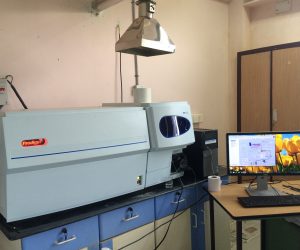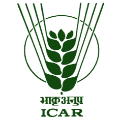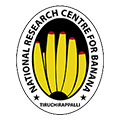
Instrument details
Model : Prodigy 7 (Teledyne Leman Lab)
Specifications
Working Principle
Inductively Coupled Plasma – Atomic Emission Spectrometry (ICP- AES) is an emission spectrophotometric technique, exploiting the fact that excited electrons emit energy at a given wavelength as they return to ground state after excitation by high temperature Argon Plasma. The fundamental characteristic of this process is that each element emits energy at specific wavelengths peculiar to its atomic character. The energy transfer for electrons when they fall back to ground state is unique to each element as it depends upon the electronic configuration of the orbital. The energy transfer is inversely proportional to the wavelength of electromagnetic radiation,
E = hc/ λ … (where h is Planck’s constant, c the velocity of light and λ is wavelength), and hence the wavelength of light emitted is also unique.
Although each element emits energy at multiple wavelengths, in the ICP-AES technique it is most common to select a single wavelength (or a very few) for a given element. The intensity of the energy emitted at the chosen wavelength is proportional to the amount (concentration) of that element in the sample being analyzed. Thus, by determining which wavelengths are emitted by a sample and by determining their intensities, the analyst can qualitatively and quantitatively find the elements from the given sample relative to a reference standard.
The wavelengths used in AES ranges from the upper part of the vacuum ultraviolet (160 nm) to the limit of visible light (800 nm). As borosilicate glass absorbs light below 310 nm and oxygen in air absorbs light below 200 nm, optical lenses and prisms are generally fabricated from quartz glass and optical paths are evacuated or filled by a non absorbing gas such as Argon.
Applications
ICP-OES is used for a wide range of applications in the following industries:
- Environmental
- Oil Analysis
- Pharmaceutical
- Food
- Petrochemical
- Mining
- BioFuels
- Soil samples
- Plant tissue samples
Charges in Rs.(inclusive of GST)
Contact Person
Dr.K.J.Jeyabaskaran,
Principal Scientist,
National Research Centre for Banana
Thogamalai Road, Thayanur Post
Trichy 620102, Tamil Nadu.



